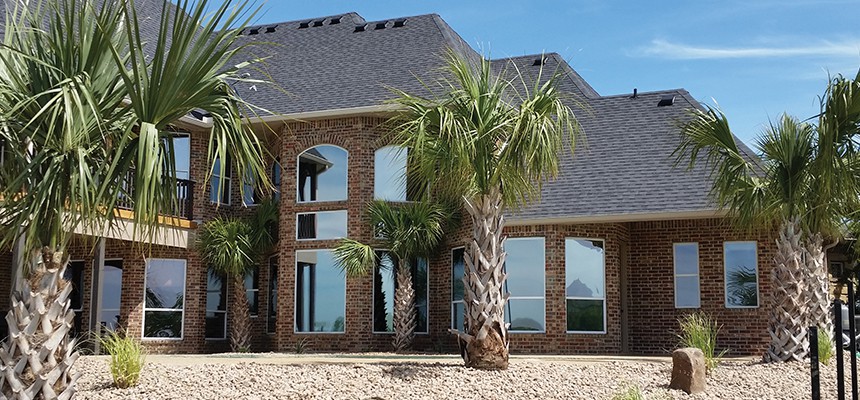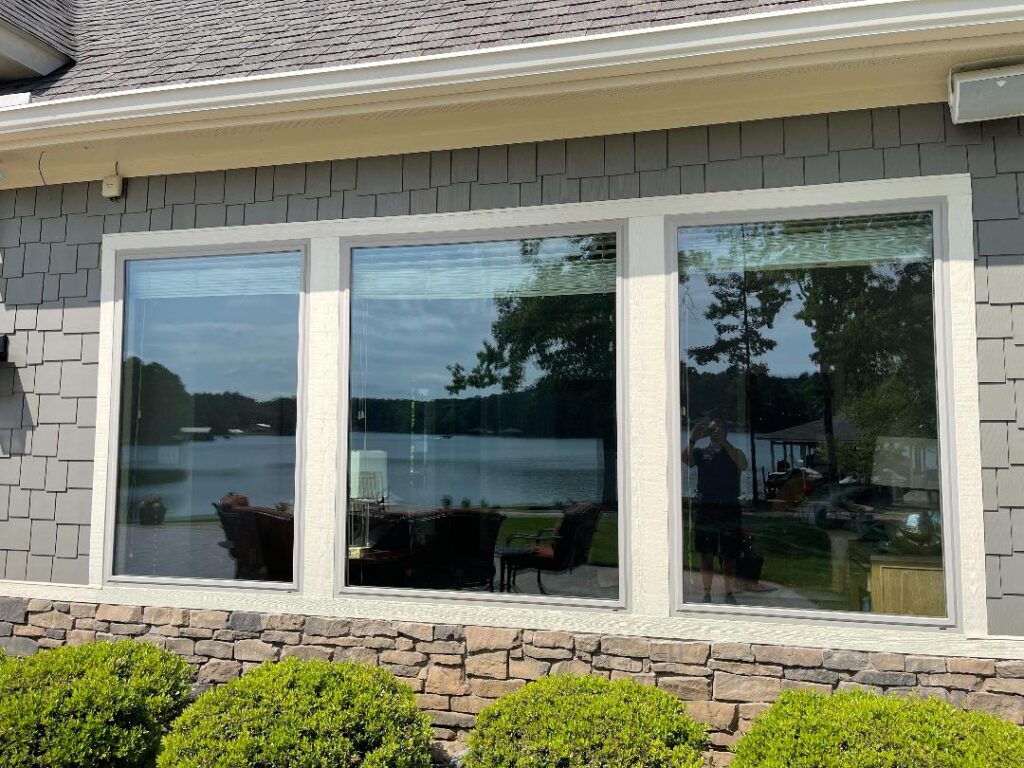Residential Window Tint: Block Harmful Rays Without Sacrificing Natural Light
Residential Window Tint: Block Harmful Rays Without Sacrificing Natural Light
Blog Article
How Residential Home Window Tinting Enhances Your Home's Energy Effectiveness
Residential window tinting offers a compelling service for house owners looking for to improve power performance within their home. By applying specialized films to home windows, it efficiently decreases warm transfer, consequently supporting indoor temperatures and decreasing the requirement for extreme heating or cooling. This not only reduces power consumption however also provides a more comfy environment by alleviating glare. Comprehending the nuances of just how tinting works and choosing the suitable kind for your home can be critical. Strangely enough, what variables should one think about prior to making this financial investment?
Comprehending Home Window Tinting
Understanding window tinting is essential for home owners looking for to improve both convenience and energy efficiency in their home. Residential Window Tint. Home window tinting entails the application of a thin film to the interior or outside surface of glass windows. This film can significantly regulate the amount of sunshine and warm that gets in a home, hence influencing interior climate conditions
There are numerous kinds of window tinting films offered, each with distinct residential or commercial properties. Dyed movies soak up solar power, while reflective movies deflect it away from the glass surface area. Ceramic films use an equilibrium of visibility and warm rejection, making them a preferred choice amongst homeowners. The performance of window tinting is commonly gauged by its Visible Light Transmission (VLT) percentage, which suggests just how much light can pass with the film.
Advantages of Power Performance
Window tinting not just enhances aesthetic appeals yet also plays a significant duty in enhancing energy effectiveness within property rooms. By reducing heat transfer through home windows, tinted films create an extra steady indoor climate, which can bring about significant decreases in power usage for heating & cooling. This energy performance converts into reduced energy bills, offering property owners with substantial long-term cost savings.

Additionally, home window tinting boosts the comfort of living spaces. By minimizing glow and obstructing damaging UV rays, colored windows create a more pleasurable environment, which can cause improved health for passengers. The defense against UV rays additionally helps maintain furnishings and flooring from fading, adding to the durability of house items.
Just How Tinting Functions
Tinting films operate through a mix of sophisticated materials and innovations made to regulate the amount of solar power entering a home. Mainly made up of polyester, these films often integrate metallic or ceramic bits that show and take in heat. This twin capacity allows them to dramatically lower the infiltration of ultraviolet (UV) rays and infrared radiation while permitting visible light to go through.
The performance of window tinting is gauged by its solar heat gain coefficient (SHGC), which shows just how much solar power is transmitted with the window. Reduced SHGC worths are preferable as they signify better heat denial. anchor Furthermore, home window tints can feature a range of tones, enabling homeowners to tailor their aesthetic choices while boosting power effectiveness.
In addition, these movies act as an obstacle, stopping warmth loss throughout chillier months by showing indoor warmth back into the home. This thermal insulation impact complements the air conditioning benefits acquired throughout warmer months, adding to a balanced indoor environment year-round. By taking care of solar energy effectively, domestic window tinting not just boosts comfort yet additionally plays a vital role in decreasing energy intake and lowering utility bills.
Choosing the Right Tint

There are various kinds of window films readily available, including colored, metalized, and ceramic. Colored films are economical however might have limited durability. Metalized films supply better warmth being rejected yet can disrupt electronic signals. Ceramic films give excellent warm control without endangering visibility and are extremely long lasting, making them a preferred option.
Noticeable light transmission (VLT) is another important element, as it shows the quantity of all-natural light that can travel through the tinted glass. Property owners ought to choose a tint with a VLT that matches their illumination choices while still supplying ample glare reduction.
Furthermore, examining the solar warm gain coefficient (SHGC) can assist figure out just how well a tint can obstruct warmth from sunshine. A reduced SHGC suggests much better find more info heat control, ultimately enhancing power performance.
Setup and Upkeep Tips
Appropriate setup and maintenance are essential elements in making best use of the benefits of residential home window tinting. To accomplish optimal outcomes, it is a good idea to hire a qualified professional for installment. This makes sure that the tint is used properly, avoiding air bubbles, wrinkles, or imbalance that could endanger performance. Specialists likewise make use of specialized devices and techniques, which can boost the sturdiness and effectiveness of the tint.
Following setup, maintenance is necessary to lengthen the life of the home window film. It is advised to wait at the very least 30 days before cleansing the tinted home windows to permit the glue to treat totally. When cleansing, use a soft fabric and a mild, ammonia-free cleaner to avoid damaging the movie. Stay clear of abrasive materials that can damage the surface.
Resolving these issues promptly can prevent more damages and preserve energy efficiency. By adhering to these installment and upkeep ideas, property owners can ensure their home window tinting proceeds to offer significant power financial savings and comfort for years to come.
Conclusion
In verdict, property window tinting functions as an effective remedy for boosting power efficiency within homes. By minimizing warm transfer and blocking harmful UV rays, window movies contribute to lower power consumption and improved interior comfort. The option of proper tinting materials, along with proper setup and upkeep, further optimizes these advantages. Ultimately, home window tinting represents a sustainable financial investment that not just lowers utility costs however likewise advertises a comfy living setting throughout the year.
Home window tinting includes the application of a slim film to the inside or outside surface of glass windows. By decreasing warm transfer through home windows, tinted movies create an extra secure interior climate, which can lead to significant reductions in energy consumption for home heating and cooling.The efficiency of window tinting is gauged by its solar warm gain coefficient (SHGC), which indicates how much solar energy is transferred through the home window. By taking care of solar power successfully, household home window tinting not just boosts convenience yet additionally plays an important function in reducing energy consumption and reducing utility bills.
By decreasing warmth transfer and blocking harmful UV rays, home window films add to decrease power usage and boosted interior convenience.
Report this page